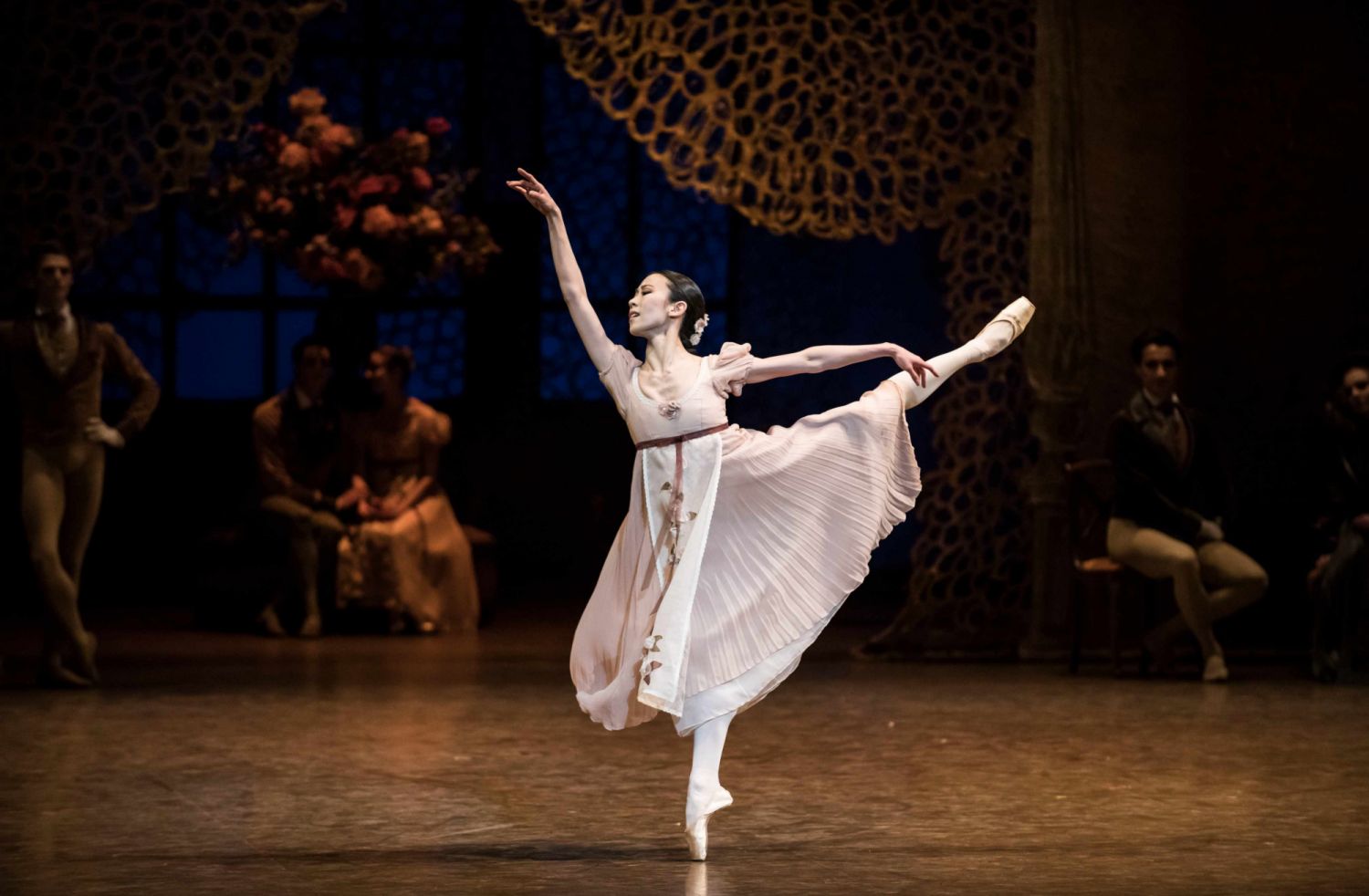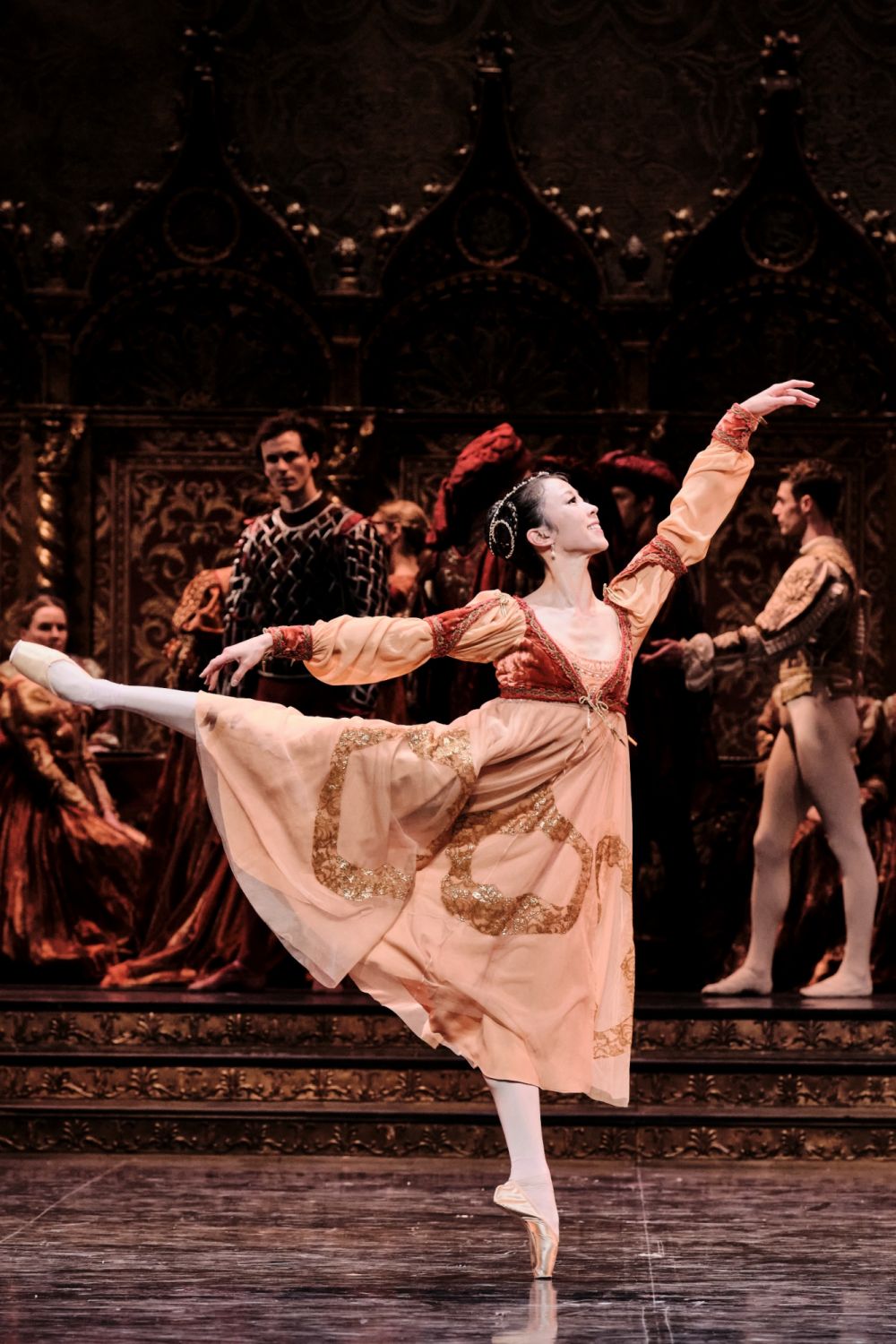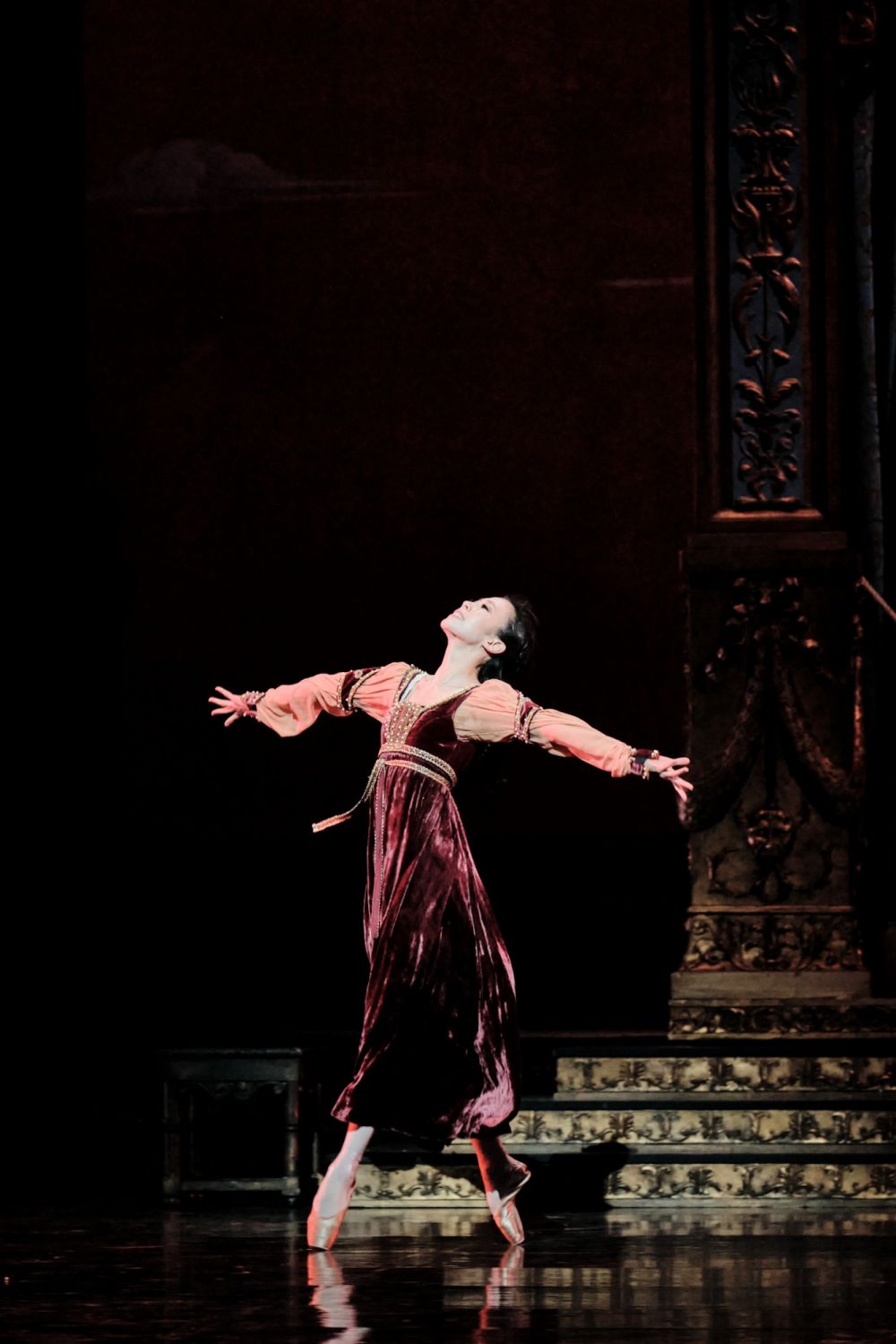The South Korean ballet dancer has ascended to the highest rank—étoile—at the world's oldest ballet institution, becoming the first Asian ballerina to do so in 352 years
“At some point, I believe that my path was destined to become a ballet dancer,” says Park Sae-eun, who started dancing at 10. What she couldn’t have known then is that she would reach a ballerina’s highest status and break new ground for Asian representation in the elite world of classical ballet.
Park studied at the Korea National University of Arts, where she mainly trained in the Vaganova method or the Russian style, designed to use the whole body in every movement with equal attention given to the upper body, legs and feet. Park’s career development took a pivotal turn when she met Kim Yong-geol, a professor at the university who had been the first Asian soloist at the Paris Opera Ballet (POB). Kim taught Park the French style, which appealed to her and inspired her to look up YouTube videos of Aurélie Dupont, an étoile at the POB who has since become its director.
“She became my source of inspiration. She shone. She was natural, elegant, and delicate,” says Park to Tatler. Things came full circle at Park’s audition for the POB, where Dupont was one of the jurors.
Don’t miss: 5 Facts About Park Sae-Eun, the First Asian to Reach Star Status in the Paris Opera Ballet

But we’re getting ahead of ourselves as Paris was not her first stop after graduation. She received a scholarship to join the American Ballet Theatre’s second company, ABT II, in 2007. Two years later, she returned to South Korea to join the Korea National Ballet.
At the Korean National Ballet, Park became a soloist and performed many lead roles. In 2010, she won the top prize at the Varna International Ballet Competition. Park’s big break came in 2011 when she finally earned a place at the POB—the oldest national ballet company—although she had to start at the bottom, as a corps de ballet dancer, a group of dancers who aren’t principal dancers or soloists.
“When I arrived in Paris, I couldn't be on stage often. I spent a lot of time watching the company dancers from the corner next to the stage,” she recalls. She had to switch between the Vaganova style and the French method; the latter is characterised by technical precision, gracefulness and elegance. “As time went on, I noticed that the two styles were clearly different. Rather than trying to change [my] style, I added [the] French style to my dance. After all, dancing has to be done with the heart,” she says.
Read also: Here’s How a Hong Kong Ballet Principal Dancer Stays Performance Ready





